Contents
Article Overview
This article examines the significance of EMRs in enhancing care quality, highlighting ongoing initiatives in Tunisia to implement EMRs in public health facilities. It also addresses the challenges of EMR adoption and offers solutions for ensuring effective and responsible use of these crucial digital tools for improved patient care.
By Team Barr Al Aman
In today’s digital age, electronic health records (EHRs) [1] have become the cornerstone of modern healthcare systems. These systems go beyond merely digitizing patient files; they form the foundation of eHealth, fundamentally transforming the medical landscape. The World Health Organization (WHO) has underscored the numerous benefits of EHRs in its third global survey on eHealth, highlighting their critical role in enhancing healthcare service quality. As a result, many countries have implemented national eHealth strategies, particularly focusing on EHR deployment.
In Tunisia, the public health sector is embarking on a significant initiative to deploy Electronic Medical Records (EMRs) [2] across public health facilities. This project aims to reduce disparities in digitization among healthcare establishments and address the fragmentation of subsystems that generate patient data. In recent years, the implementation of Electronic Medical Records (EMR) has begun in several public hospitals, with Habib Thameur University Hospital leading the way, followed by other university hospitals. This initiative is steadily expanding to additional healthcare facilities, including six regional polyclinics, with the aim of establishing a unified patient file system. Pilot projects have also been launched in a district hospital and two primary health centers in the Hammamet region, as part of the “Essaha-Aziza” program, which focuses on digitizing primary healthcare services. Most recently, Jebiniana Regional Hospital [3] in Sfax has also adopted the EMR system.
At the heart of these efforts is the Ministry of Health’s IT Center (CIMS) [4], which plays a pivotal role in advancing eHealth in Tunisia. The center actively supports public health institutions in their digital transition while ensuring compliance with current security standards.
Enhancing Patient Care through EMRs
Electronic Medical Records (EMRs) are essential for establishing and organizing patient data governance, which encompasses the collection, sharing, storage, and security of medical information. Electronic Medical Records (EMRs) offer significant advantages over traditional paper-based systems by overcoming common limitations such as illegible handwriting, insufficient detail, the risk of document loss, and challenges in accessing patient information efficiently. The existence of multiple medical records across different departments and facilities often results in scattered and incomplete data, creating significant challenges during medical follow-ups.
The adoption of EMRs represents a transformative leap in medical data management. They streamline the identification and reporting of missing information through integrated alert systems that promptly notify users about data entry errors. By minimizing reliance on free text and employing standardized reference dictionaries, EMRs enhance data reliability and provide classification tools that allow healthcare providers to quickly retrieve information based on various criteria such as data type (clinical, biological, imaging), date, name, and condition type.
The integration and communication among various systems involved in a patient’s care pathway significantly enhance the comprehensiveness of patient data. This interconnection -known as interoperability- enables healthcare staff to collaborate effectively by providing seamless, real-time access to relevant information while ensuring confidentiality through customized access levels for providers.
As a result, clinicians gain a thorough and up-to-date view of a patient’s medical history, which is crucial for understanding their overall health status. This comprehensive perspective allows healthcare professionals to make more accurate diagnoses and informed decisions regarding treatments and care adjustments. Ultimately, improved care coordination minimizes disruptions in continuity of care.
EMRs serve as a holistic framework essential for both preventive care and chronic disease management. By facilitating better communication and data sharing, they contribute to improved patient outcomes [5].
For instance, EMRs are designed to minimize the risk of medical errors by providing alerts for potential mistakes based on medical histories, current treatments, and known allergies. This functionality helps prevent prescription errors and dangerous drug interactions while enhancing patient safety and reducing adverse events. Additionally, EMRs can flag critical values for clinical staff and detect duplicate tests or treatments, thereby reducing unnecessary healthcare costs and improving overall efficiency [6].
Major Obstacles to EMR Adoption in Public Healthcare Establishments
Despite their advantages, several obstacles hinder the widespread adoption of EMRs in public healthcare facilities. Budget constraints significantly slow down this process; high costs associated with procuring and maintaining EHR systems pose substantial financial challenges for many institutions striving to meet necessary technological infrastructure requirements.
Achieving seamless interoperability is one of the most significant technical challenges facing EMR adoption [7]. The diversity of information systems currently in use across healthcare facilities can impede progress towards this goal, making it difficult to integrate these disparate systems and ensuring that patient data can be easily shared across various settings. The integration process can be complex and time-consuming, often requiring significant technical expertise and resources. Healthcare organizations must navigate various data formats, protocols, and system architectures to facilitate effective data exchange between EMRs and other clinical information systems.
While there is consensus against reverting to paper records, transitioning from paper to digital records does not guarantee user acceptance [8][9]. This shift requires not only the adoption of new digital tools but also the transformation of long-standing practices, which can sometimes result in resistance from staff.
The adoption of EMRs is strongly influenced by users’ perceptions of the system’s expected performance and the effort required for its implementation. Various organizational factors [10] also play a critical role in shaping these perceptions- especially given the increasing workload on doctors. The situation is further complicated by healthcare professionals migrating to the private sector or abroad for better working conditions and higher salaries.
Additionally, a lack of awareness among stakeholders about the medical, ethical, and innovative challenges associated with data compromises commitment to addressing these issues.
Ensuring Responsible and Effective Engagement with EMRs
To foster responsible engagement with EMRs, careful planning and appropriate support are essential. This includes enhancing digital skills within the healthcare sector through targeted training programs tailored to various professionals’ specific needs. These programs should emphasize data governance issues and their ethical and medical implications, equipping healthcare providers to use digital tools responsibly and effectively.
Healthcare organizations should also conduct regular assessments of progress and challenges during EMR implementation. Evaluations should inform efforts aimed at improving on usability [11][12] and security within EMR systems. Thoroughly assessing the user experience [13] before making adjustments ensures that systems evolve according to healthcare professionals’ needs while incorporating user-friendly interfaces.
A user-centric approach to EMR design is essential to overcoming resistance [14] and ensuring successful implementation within healthcare organizations. By focusing on the needs of healthcare professionals and offering adequate support, organizations can create an environment that promotes effective engagement with EMRs. This approach not only enhances healthcare delivery efficiency but also improves patient outcomes.
Conclusion
As Tunisia embarks on the journey of healthcare modernization, the adoption of EMRs signifies more than a technological advancement; it represents a transformative step toward a more efficient and patient-centered healthcare system. By integrating these digital tools, Tunisia has the opportunity to improve the quality of care, achieve better patient outcomes, and align its healthcare standards with international best practices.
—
References
[1] https://www.ncbi.nlm.nih.gov/pmc/articles/PMC8738989/#ref7
[2] http://www.santetunisie.rns.tn/fr/prestations/programme-de-d%C3%A9veloppement-de-la-%C2%ABsant%C3%A9-num%C3%A9rique%C2%BB-en-tunisie?start=3
[3] https://lapresse.tn/2024/12/14/tunisie-sante-lancement-du-dossier-medical-electronique-a-jebiniana/
[4] http://www.cims.tn/
[5] https://www.sciencedirect.com/science/article/abs/pii/S1386505619300255
[6] https://www.ncbi.nlm.nih.gov/pmc/articles/PMC8738989/
[7] https://www.ncbi.nlm.nih.gov/books/NBK551878/
[8] https://www.ncbi.nlm.nih.gov/pmc/articles/PMC4878018/
[9] Boonstra, Albert, and Manda Broekhuis. 2010. “Barriers to the Acceptance of Electronic Medical Records by Physicians from Systematic Review to Taxonomy and Interventions.” BMC health services research.
[10] https://pubmed.ncbi.nlm.nih.gov/20691097/
[11] https://www.ncbi.nlm.nih.gov/pmc/articles/PMC8068432/
[12] https://healthcare.utah.edu/press-releases/2023/09/when-electronic-health-records-are-hard-use-patient-safety-may-be-risk
[13] https://www.ncbi.nlm.nih.gov/pmc/articles/PMC8068432/
[14] Ben Hammouda, Seif, and Slim Hadoussa. 2018. “Projet e-santé Tunisie : étude des facteurs d’acceptation du Dossier Médical Informatisé (DMI) par les médecins auprès des hôpitaux.” Management & Avenir. https://www.cairn.info/revue-management-et-avenir-2018-4-page-15.htm







